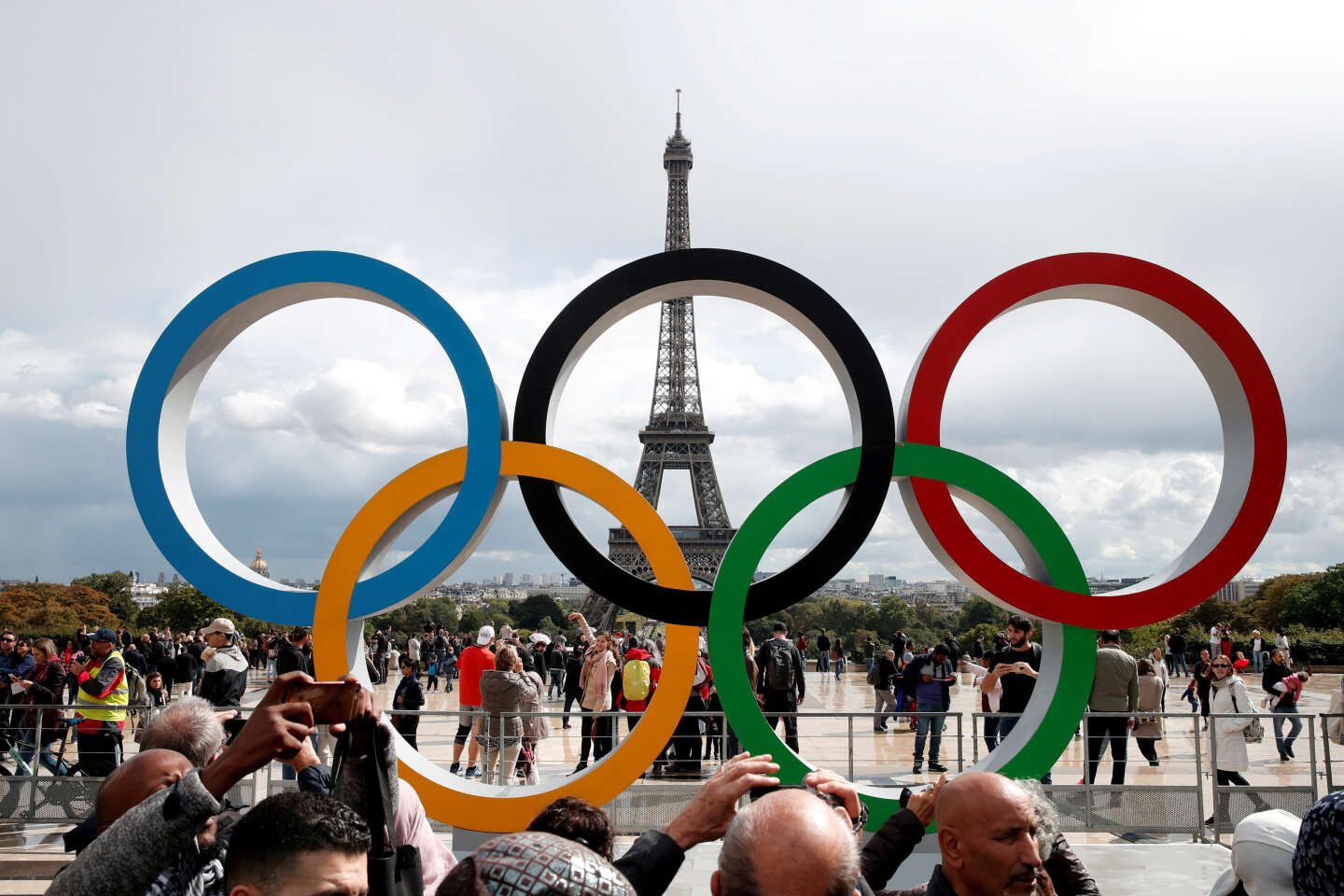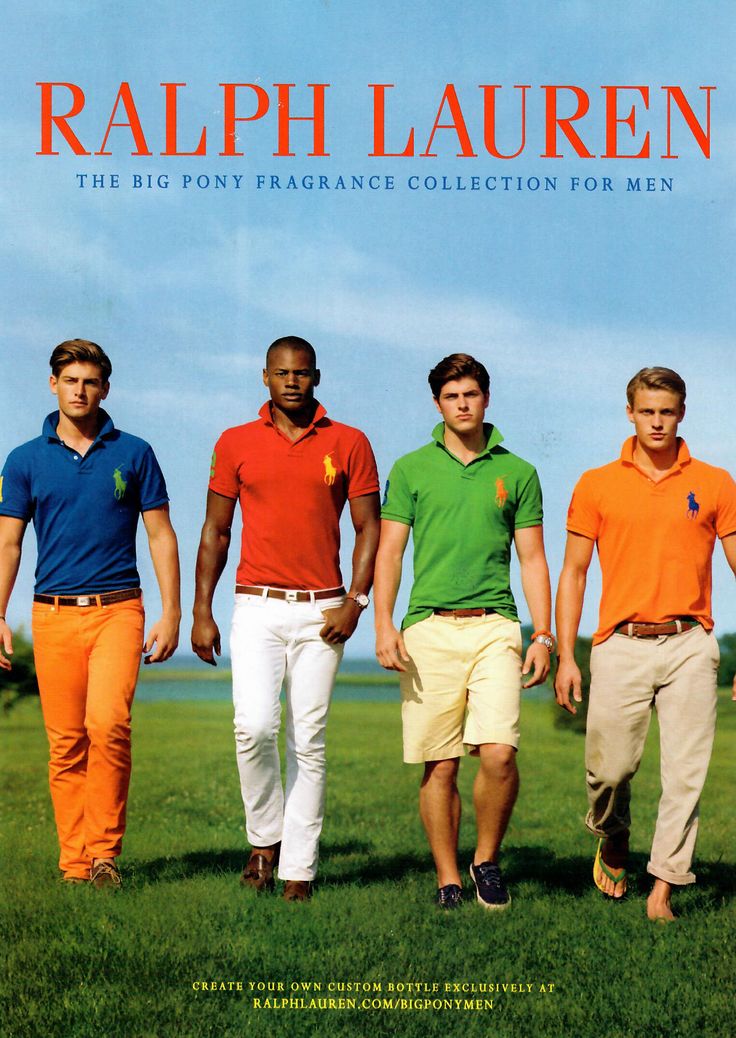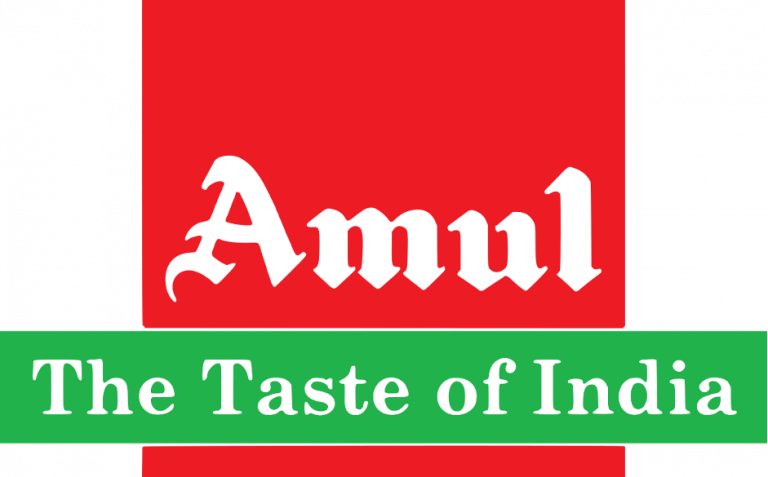The Secrets (and Squabbles) of the Paris 2024 Olympic Logo
The Olympic Games are a global spectacle, and each host city leaves its mark with a unique logo. The Paris 2024 logo, however, has sparked debate for its unconventional design and a surprising resemblance to another well-known brand. Let’s delve deeper and discover some surprising facts you might not have known about the Paris 2024 Olympic logo.
At first glance, the logo appears to be a combination of a gold medal, the Olympic flame, and a woman’s face. But there’s more to it:

Marianne: Embodying the Spirit of the 2024 Paris Olympics
The emblem of the 2024 Paris Olympics prominently features Marianne, a powerful symbol of France. More than just a national icon, Marianne embodies the very essence of the Games themselves.
A Beacon of Creativity and Liberty
The text describes Marianne as the “personification of the bold spirit of creativity that inspires our Games.” Her image evokes a sense of freedom and innovation, perfectly aligning with the Olympic ideals of pushing boundaries and achieving excellence.
Shared Values: Unity and Humanity
Marianne also represents the core values that underpin both the French Republic and the Olympic movement:
- Liberty: The pursuit of individual freedom and the right to compete on a level playing field.
- Equality: The opportunity for athletes from all nations and backgrounds to participate in the Games.
- Fraternity: The spirit of solidarity and sportsmanship that transcends borders.
- Generosity: The willingness to share the Olympic experience with the global community.
- Humanism: A celebration of human potential and the power of sport to bring people together.
A Familiar Face in French Culture
The text notes that Marianne is “a familiar face in French culture.” Her presence on stamps, coins, and government buildings reinforces the connection between the Games and the nation of France. This connection reflects the desire of the organizers to stage an Olympics “for the people, in close collaboration with the people.”
The Flame and the Gold Medal: Enduring Symbols
The emblem also features two other potent symbols:
- The Olympic Flame: A universal beacon of passion, perseverance, and the Olympic spirit. It ignites a sense of excitement and inspires athletes to achieve greatness.
- The Gold Medal: The ultimate prize, representing years of hard work, dedication, and the pinnacle of athletic achievement. It signifies not just personal victory, but also national pride.
By combining these elements, the 2024 Paris Olympics emblem creates a powerful and inspiring message. Marianne’s image serves as a constant reminder of the Games’ core values, while the flame and gold medal represent the unwavering pursuit of excellence.
The agency that designed this logo, adds that – “Together, these elements weave a narrative of France’s Olympic aspirations and its core values.”
While the logo is undeniably unique, its design wasn’t without controversy. The internet quickly noticed a striking resemblance to the logo of the popular dating app, Tinder. The flame’s shape and the overall composition sparked an uproar, with some questioning the logo’s creativity and professionalism.
The Paris 2024 Olympic Committee, however, defended the design, emphasizing the rich symbolism embedded within it (Source: Logo Design Love).


Nestled below the Paris 2024 logo are the iconic five interlocking rings, a symbol instantly recognized worldwide. Designed by Pierre de Coubertin, the founder of the modern Olympic Games, the five rings represent the five continents coming together in the spirit of sportsmanship. The colors (blue, yellow, black, green, and red) are present on every national flag in the world, further emphasizing global unity.
And yes, these rings are absolutely protected by the Nairobi Treaty. Signed in 1981, this treaty safeguards the Olympic symbol by obliging member states to prevent its unauthorized commercial use [Source: World Intellectual Property Organization]. This ensures the rings remain a symbol of unity, not a marketing tool. The Nairobi Treaty emphasizes preventing unauthorized commercial use of the rings, not necessarily registering them like a standard trademark. National laws within member countries would then back this up.
So, while there might not be a single registration number for the rings in every country, the Nairobi Treaty offers a powerful alternative for international enforcement. The Olympic “properties” extend beyond the rings. The motto, anthem, flag, and even designations like “Olympic Games” are all protected by intellectual property rights. This comprehensive approach safeguards the entire brand identity of the Olympics.
There are some exceptions to the strict protection. Educational or artistic uses of the rings might be allowed, but the line can be blurry. The IOC provides guidelines to help navigate these situations [Source: International Olympic Committee].
IMAGE & CONTENT:
- https://olympics.com/en/paris-2024/information/a-single-emblem
- https://www.logodesignlove.com/paris-2024-logo
Discover more about MikeLegal’s AI-powered IP & brand protection tools – https://mikelegal.com/IPSolutions





